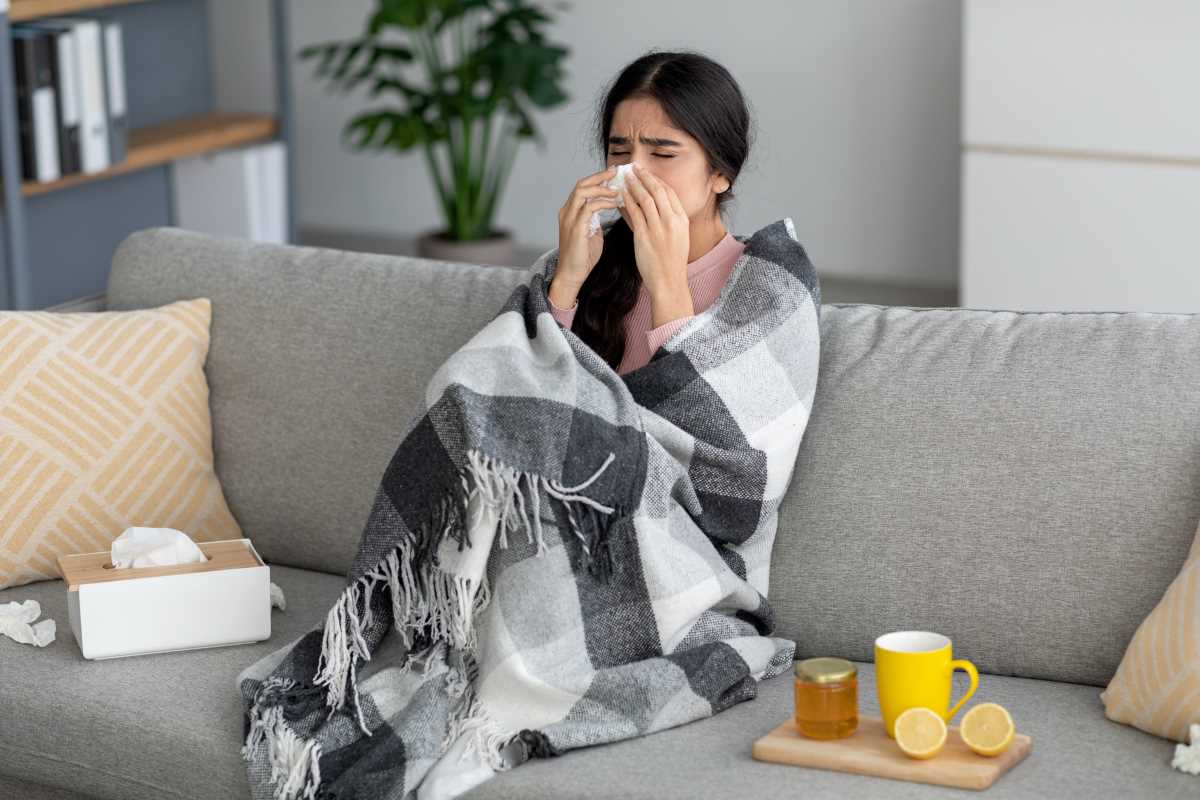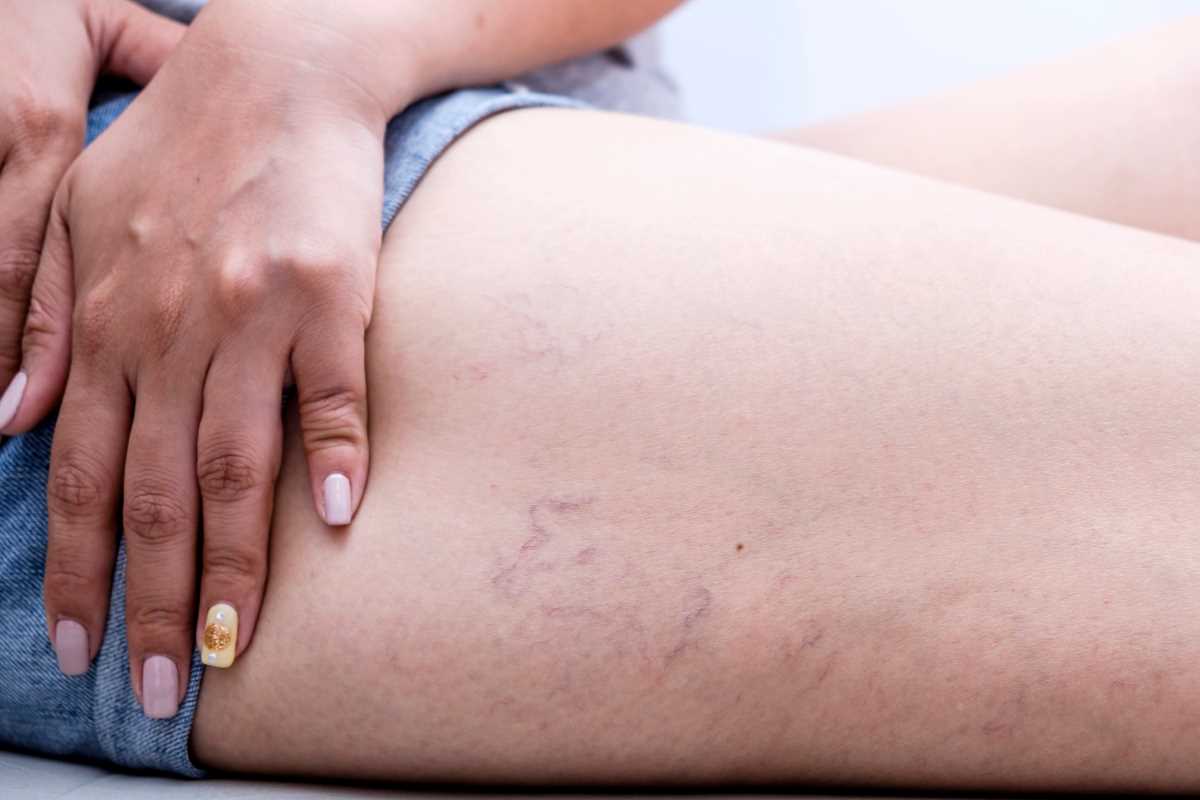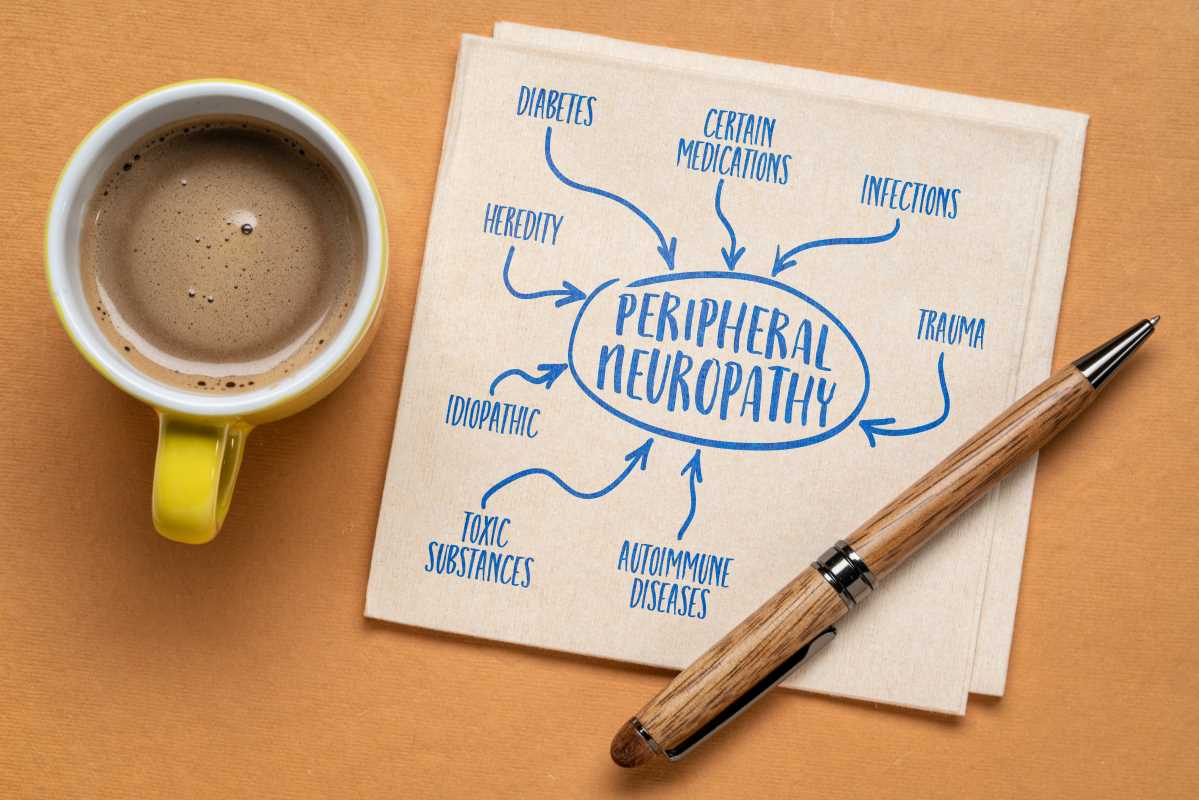Do you often wake up feeling tired, even after what should be a full night’s sleep? Does your partner complain about your snoring or that you seemingly stop breathing while asleep? If these issues sound familiar, they could be signs of sleep apnea, a condition that’s more common than you might think, particularly in middle age.
Sleep apnea doesn’t just disrupt your nights; it can have serious implications for your overall health and well-being. Understanding the risks, symptoms, and potential treatments can help you take control of your sleep and health. Here’s everything you need to know about sleep apnea, especially as it relates to those navigating middle age.
What Is Sleep Apnea?
Sleep apnea is a sleep disorder characterized by repeated interruptions in breathing during sleep. These interruptions, which can last for seconds or even minutes, prevent your body from getting enough oxygen. The most common type of sleep apnea is obstructive sleep apnea (OSA), where the airway becomes partially or entirely blocked during sleep.
When you stop breathing, your brain wakes you up just enough to resume breathing. This can happen dozens or even hundreds of times a night, interrupting your deep sleep cycles. The result? Feeling exhausted, irritable, and foggy-headed even after a “full” night in bed.
Two additional, less common types of sleep apnea include:
- Central sleep apnea (CSA): This occurs when your brain doesn’t send the right signals to control breathing during sleep.
- Complex (or mixed) sleep apnea: A combination of obstructive and central sleep apnea.
Why Does Sleep Apnea Affect Middle-Aged Adults?
While sleep apnea can occur at any age, middle-aged adults are particularly at risk due to a combination of factors. Your body undergoes various changes in your 40s, 50s, and beyond, and some of these changes can increase your likelihood of developing sleep apnea. Here’s why:
- Weight Gain: As you age, your metabolism naturally slows, making weight gain more common. Extra weight, especially around the neck, can put pressure on your airways during sleep.
- Muscle Tone Loss: The muscles that keep your airway open may weaken as you age, increasing the likelihood of airway collapse.
- Hormonal Changes: Hormones regulate many functions in the body, including sleep patterns. For women, menopause introduces hormonal shifts that can raise the chances of sleep apnea.
- Lifestyle Habits: Middle age often comes with life stressors and habits like less physical activity or poor diet, all of which can contribute to sleep apnea risk factors.
Common Symptoms of Sleep Apnea
Sleep apnea doesn’t always come with clear-cut symptoms. For many people, a partner or family member notices the first warning signs. But knowing what to look for is key. Here are the most common symptoms associated with sleep apnea:
Nighttime Symptoms:
- Loud, frequent snoring: Not everyone who snores has sleep apnea, but persistent loud snoring with gasping or choking sounds can be a telltale sign.
- Pauses in breathing: Your partner may notice you stop breathing briefly while you sleep.
- Restless sleep: You may toss and turn or wake up multiple times throughout the night.
Daytime Symptoms:
- Chronic fatigue: Waking up tired, even when you think you had enough sleep, is a classic red flag.
- Morning headaches: Lack of oxygen during the night can cause morning head pain.
- Difficulty concentrating: Poor sleep quality can lead to brain fog and memory problems.
- Irritability or mood swings: Sleep deprivation often impacts your mood, making you more irritable or anxious.
Less Obvious Symptoms:
- Waking up with a dry mouth or sore throat.
- Frequent nighttime urination (nocturia).
- Reduced physical or mental stamina during the day.
Risks of Leaving Sleep Apnea Untreated
Ignoring the symptoms of sleep apnea can have far-reaching effects on your health. It’s more than just feeling tired; untreated sleep apnea can lead to serious complications:
- Heart Problems: Repeated drops in oxygen levels during the night strain your cardiovascular system, increasing your risk of high blood pressure, heart attack, and stroke.
- Diabetes Risk: Sleep apnea is linked to insulin resistance, which can contribute to the development of Type 2 diabetes.
- Weight Management Issues: Poor sleep disrupts hormones that regulate hunger and metabolism, making it harder to maintain a healthy weight.
- Mental Health Challenges: Sleep deprivation can worsen anxiety, depression, and irritability, affecting relationships and overall quality of life.
- Daytime Accidents: Fatigue from sleep apnea can impair focus, increasing the risk of accidents at work, while driving, or during other activities.
Are You at Risk?
Certain factors can increase your likelihood of developing sleep apnea. Ask yourself the following questions to assess your risk:
- Do you snore loudly on most nights?
- Are you overweight or do you carry extra weight around your neck?
- Do you wake up sputtering, choking, or gasping for air?
- Are you over the age of 40 or approaching menopause (for women)?
- Do you have a family history of sleep apnea?
- Do you have high blood pressure or other health issues like diabetes?
If you answered “yes” to several of these questions, you may be at a higher risk for sleep apnea.
Diagnosing Sleep Apnea
If you suspect sleep apnea, consulting a healthcare professional is the next step. Diagnosis typically involves:
- Health History: Your doctor will ask about your sleep habits, daytime fatigue, and overall health history.
- Sleep Study: A sleep study (either at home or in a sleep lab) records data about your breathing, oxygen levels, and sleep patterns. The results help confirm whether or not you have sleep apnea and determine its severity.
Treatment Options for Sleep Apnea
The good news? Sleep apnea is treatable. The best approach depends on the severity of your condition and your individual health needs. Here are some common treatment methods:
1. Lifestyle Changes
For mild cases, small everyday changes can make a big difference:
- Lose weight if recommended.
- Avoid alcohol and sleeping pills, which can relax throat muscles too much.
- Sleep on your side instead of your back to prevent airway obstruction.
2. CPAP Machines
A Continuous Positive Airway Pressure (CPAP) machine is the gold standard for treating moderate to severe obstructive sleep apnea. It delivers a steady stream of air through a mask to keep your airway open overnight.
3. Oral Appliances
For those who can’t tolerate CPAP machines, custom-fitted oral devices can reposition your jaw or tongue to keep your airway open during sleep.
4. Surgery
In some cases, when other treatments don’t work, surgery might be an option to remove or reduce airway blockages.
5. Alternative Options
- Positional therapy or devices to help keep you from sleeping on your back.
- Exercises to strengthen throat muscles, like singing or specific physical therapy techniques.
 (Image via
(Image via





